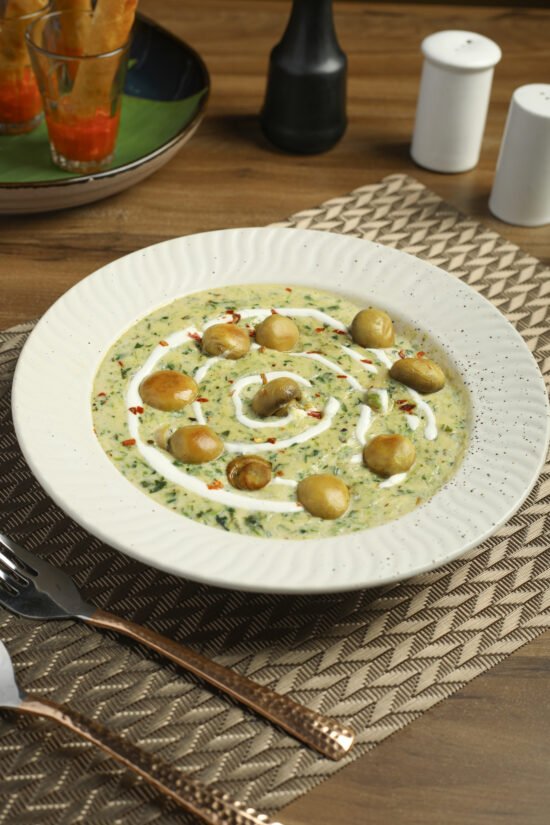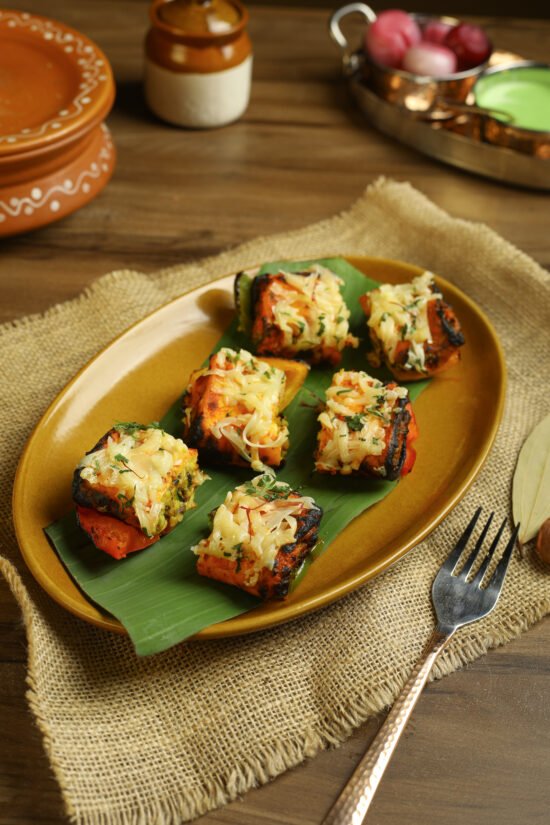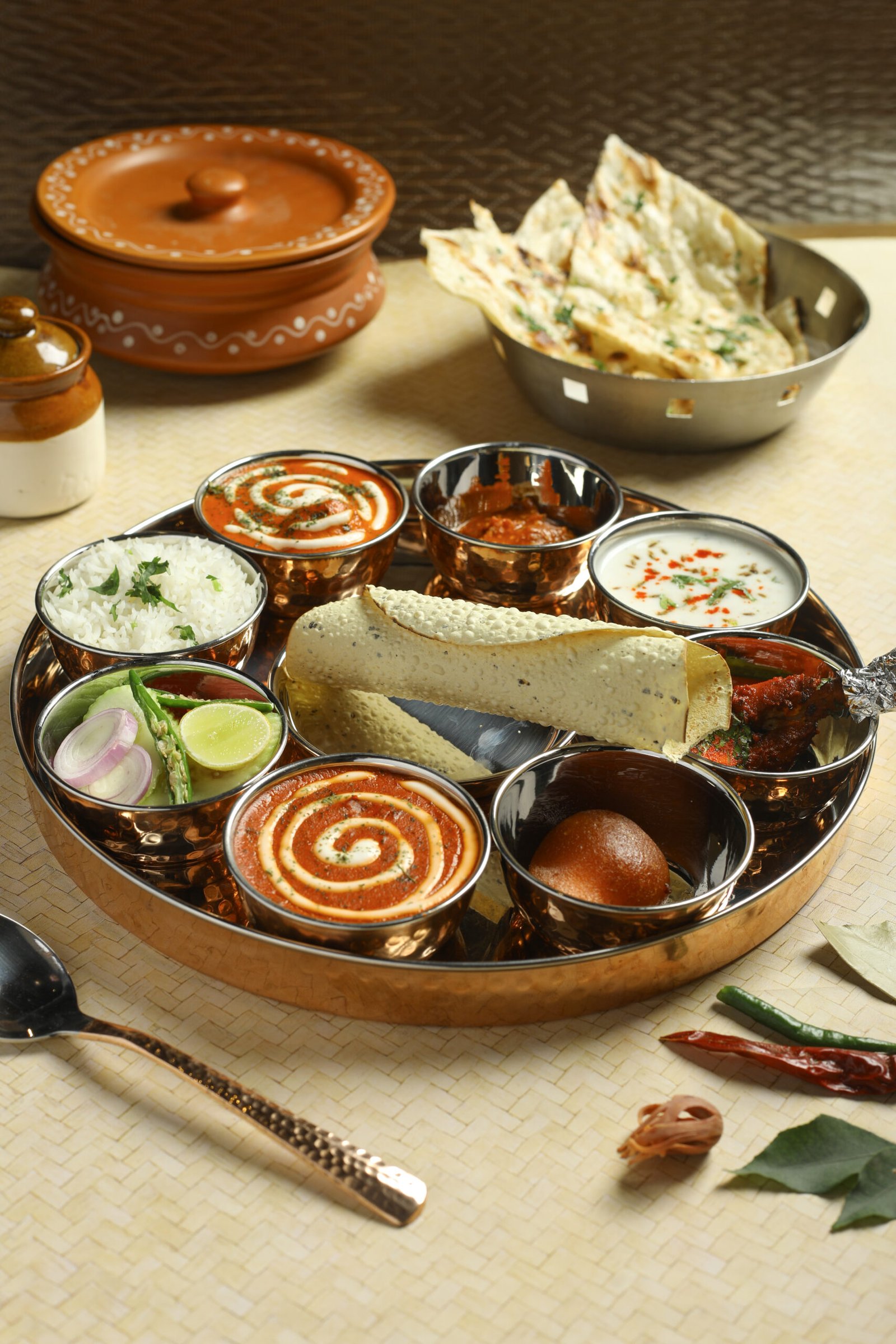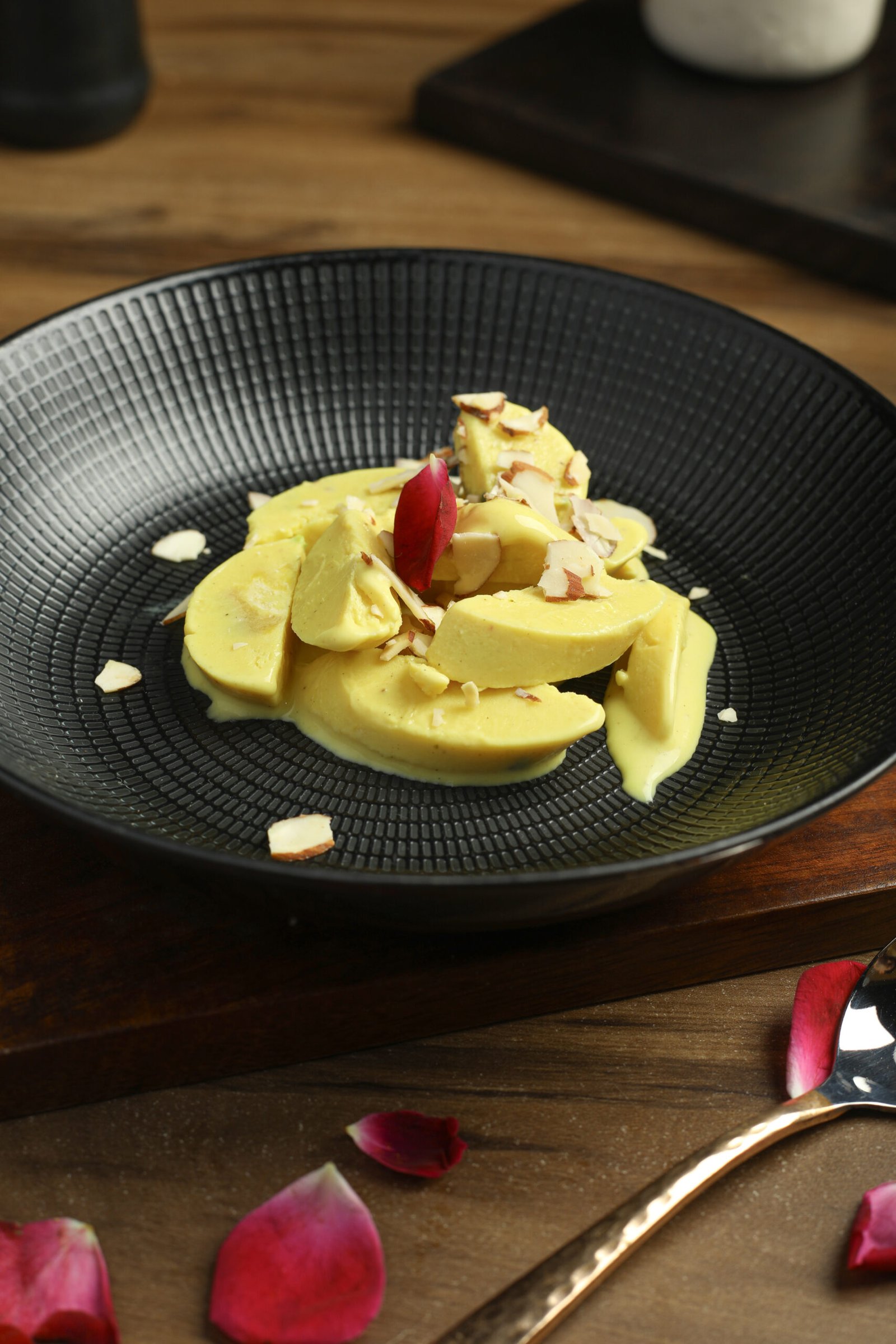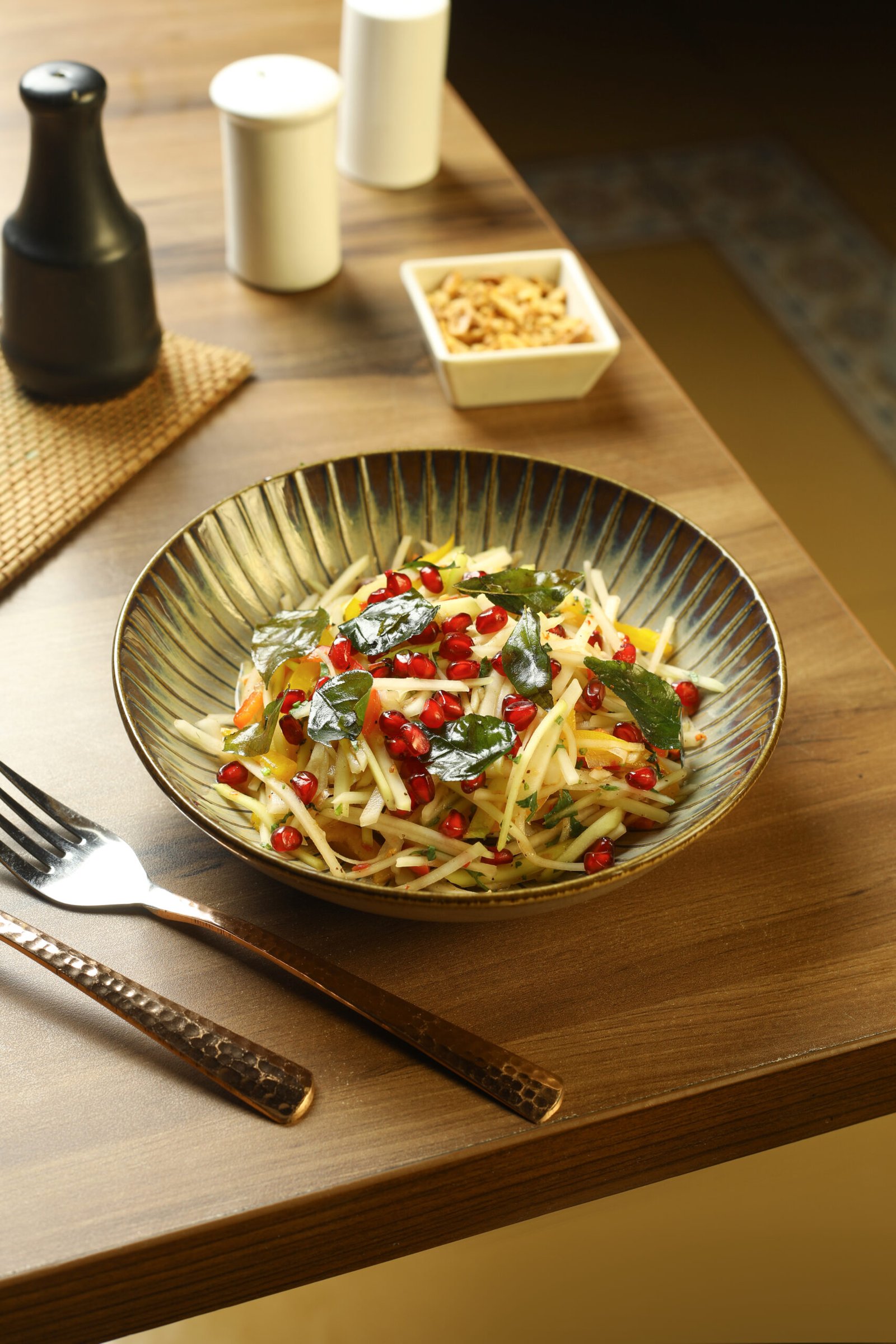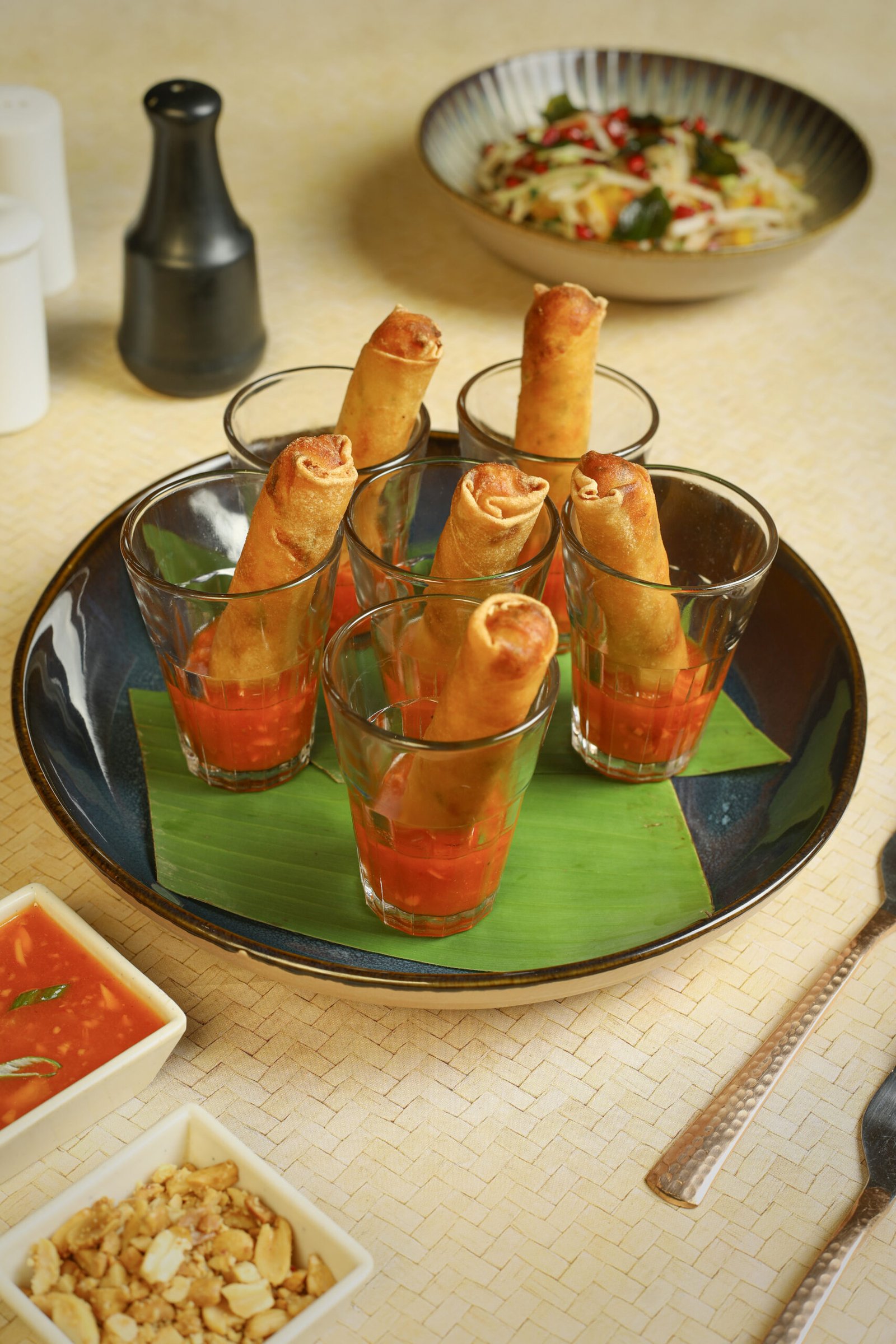WELCOME TO SAFFRON STORIES
Welcome to Saffron Stories, where North India’s rich culinary heritage comes alive. Saffron, a prized and aromatic spice is celebrated for its cultural and historical significance. In our Kitchen, Saffron weaves a tale of Love, Tradition and Warmth. Our menu spans North Indian and Chinese cuisines, thoughtfully crafted and enriched with the essence of Saffron. From saffron-inspired interiors
to flavours that transcend borders, Saffron Stories is where food, culture, and ambiance unite to create unforgettable memories. Taste the tradition. Savour the story.
Weddings & Events Catering
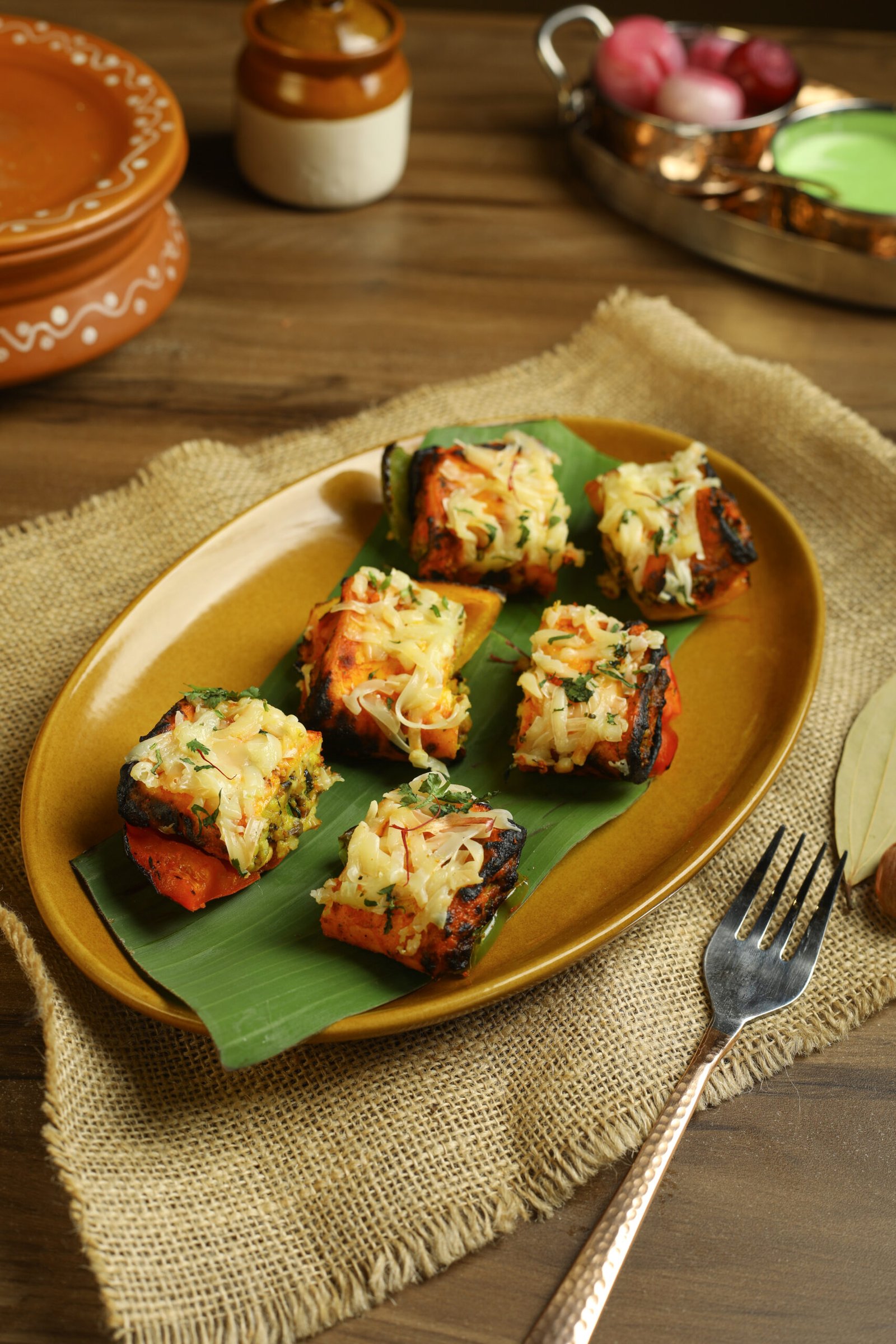
About Us
Welcome to Saffron Stories, where North India’s rich culinary heritage
comes alive. Saffron, a prized and aromatic spice is celebrated for its
cultural and historical significance. In our Kitchen, Saffron weaves a tale
of Love, Tradition and Warmth.

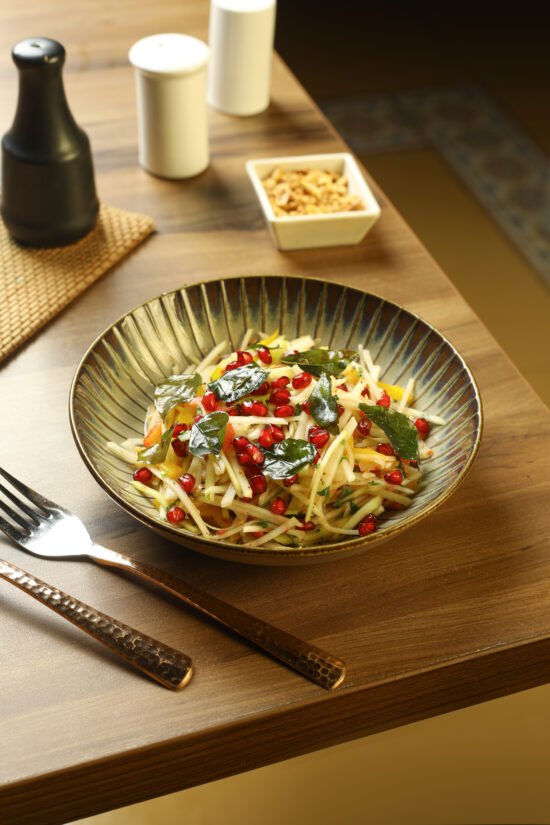
Kitty Party; "Here's to good food, great friends, and unforgettable memories!"
SOUPS
Tomato Basil Soup
225/-Dal Shorba
225/-Murgh Shorba
299/-Hot & Sour Soup (Veg/ Chicken)
225/- 299/-Sweet Corn Soup (Veg/ Chicken)
225/- 299/-Lemon Coriander Soup (Veg/ Chicken)
225/- 299/-Manchow Soup (Veg/ Chicken)
225/- 299/-SAFFRON SPECIALS
Indulgent flavors, specially curated for you.
Mushrooms in Spinach Sauce
449/-Stuffed Mushrooms served in a creamy Spinach Sauce
Makhani Samosa
449/- 549/-Mince Veg/ Chicken Samosas served with Makhani Sauce
Pao Sliders
449/- 549/-Juicy minced Veg/ Chicken Patty sliders seasoned with aromatic spices
Nagarjuna's Fiery Feast
449/- 549/-Traditional Andhra-style, spicy green Chilli Paneer/ Chicken
Gun Chicken
549/-Fiery and flavourful Chicken tossed in Curry Leaves and spicy Masala
Crispy Tiger Prawns
849/-Rice-Wine infused in crispy Tiger Prawns tossed with chopped Garlic and Celery
SALADS
Green Salad
199/-A mix of fresh greens and veggies
Raw Papaya Salad
349/-Chopped Romaine Hearts, Gluten Free Croutons, Parmesan
Greek Salad (Veg/ Chicken)
349/- 429/-Crisp vegetables, Feta Cheese, Olives and Mediterranean dressing
Smoked Chicken Salad
429/-Tender smoked Chicken, fresh greens and crisp Vegetables
Tikka Salad (Paneer/ Chicken)
399/- 429/-Tikka salad with crisp Lettuce leaves & Lemon Vinaigrette
Caesar Salad (Veg/ Chicken)
399/- 429/-Crisp Lettuce, Parmesan, Croutons and creamy dressing
CLASSIC COMFORTS
Malai Rumali Roll
399/- 429/- 459/-(Soya Chaap/ Paneer/ Chicken)
The OG Tikka Roll
429/- 459/-(Paneer/ Chicken)
Seekh Kabab Rumali Roll
499/- 599/-(Chicken/ Mutton)
Spaghetti Aglio Olio Pasta
449/-Spaghetti tossed with Garlic, Olive Oil, Chili Flakes and Fresh Parsley
Penne Alfredo Pasta
449/-Creamy Alfredo Sauce with Penne, Parmesan and a touch of Garlic
Penne Arrabbiata Pasta
449/-Penne tossed in a spicy Tomato Sauce with Garlic, Chili Flakes and Basil
Add Chicken for Pasta
100/-Garlic Bread
279/-Garlic Bread with Cheese
325/-French Fries
225/-Peri Peri Fries
259/-Chilli Cheese Toast
299/-SMALL PLATES
Paneer Tikka
529/-Smoky, spice-marinated Cottage Cheese grilled to perfection.
Saffron Special Paneer Tikka
549/-Stuffed spiced Paneer, grilled to perfection
Malai Makhmali Paneer Tikka
549/-Malai-stuffed Paneer, infused with aromatic Spices
Pahadi Paneer Tikka
549/-Succulent Paneer Cubes marinated in aromatic Pahadi Spices
Soya Chaap Tikka (Tandoori/ Malai)
549/-Choose between smoky spice or creamy richness
Khumbh Khazana
529/-Mushrooms filled with a flavourful stuffing, marinated in Spices
Hara Bhara Kebab
449/-Medley of Vegetables and Spices, grilled into golden Kebabs
Veg & Corn Seekh Kebab
479/-Traditional Seekh Kebab made with a bled of Vegetables and Sweet Corn
Dahi Kebab
499/-Soft Hung Curd Patties, delicately spiced and pan-seared
Dahi Ke Sholey
479/-Crispy golden Bread Rolls stuffed with spiced creamy Yogurt
Badami Malai Brocolli
529/-Broccoli florets coated in a smooth Badam Malai blend
Tandoori Momos
399/-Dumplings marinated in Tandoori Spices, grilled to smoky perfection
Vegetable Cutlet
399/-Golden-fried Patties packed with mashed Vegetables and aromatic Spices
ORIENTAL SMALL PLATES
Honey Chilli Potato
399/-Crispy Potatoes coated in a sweet and spicy Honey-Chili Sauce
Corn Cheese Cigar Roll
449/-Crispy Cigar Rolls with a rich Corn and Cheese filling
Crispy Corn Salt & Pepper
399/-Crunchy Corn bites tossed in a flavourful Salt and Pepper seasoning
Sauteed Vegetables
429/-Crisp Vegetables lightly sautéed with aromatic Herbs and Spices
Drums of Heaven
499/-Crispy Chicken Lollipops tossed in a spicy, tangy Sauce
General Tso Chicken
549/-Crispy Chicken tossed in a tangy, spicy and sweet glaze
Crispy Butter Garlic
449/- 549/- 799/-(Mushroom/ Chicken/ Prawns)
Fiery Dynamite Bites
479/- 549/- 799/-(Mushroom/ Chicken/ Prawns)
Kung Pao Classics
479/- 549/-(Cauliflower/ Chicken)
Manchurian Marvels
429/- 529/-(Veg/ Chicken)
Spring Roll
429/- 529/-(Veg/ Chicken)
SMALL PLATES
Tandoori Chicken
599/-Chicken marinated in a blend of Spices and Yogurt
Tandoori Chicken Momos
449/-Smoky, spiced Dumplings grilled to perfection
Chicken Cutlet
499/-Succulent Chicken minced infused with a medley of aromatic spices
Chicken Malai Tikka
599/-Succulent Chicken marinated in a blend of Cream and Spices
Bhatti Ka Murgh
579/-Juicy Chicken pieces marinated in a smoky blend of Spices
Lehsuni Chicken Tikka
629/-Chicken marinated in a zesty Garlic and Spice mix, grilled to a smoky perfection
Mutton Galouti Kebab
749/-Tender minced Mutton Kebabs infused with aromatic Spices
Seekh Kebab (Chicken/ Mutton)
599/- 699/-Spiced minced Meat skewers, grilled to perfection
Kasundi Fish Tikka
799/-Delicious Fish marinated in a tangy Mustard Sauce and Spices
Amritsari Fish Tikka
799/-Tender Fish marinated in a zesty blend of Spices
L ARGE PLATES
Classic Butter Chicken
629/-Signature Tikka Masala
629/- 749/-(Chicken/ Fish)
Kadai Chicken
629/-Chicken Lababdar
629/-Saffron Handi
649/- 749/-(Chicken/ Mutton)
Mutton Roghan Josh
749/-Ricotta, goat cheese, beetroot and datterini.
Laal Maas
799/-Classic Bhuna
599/- 729/-(Chicken/ Mutton)
Royal Saffron Rara
649/- 749/-(Chicken/ Mutton)
Saffron Curry Affair
499/- 649/- 749/- 799/-(Egg/ Chicken/ Mutton/ Fish)

